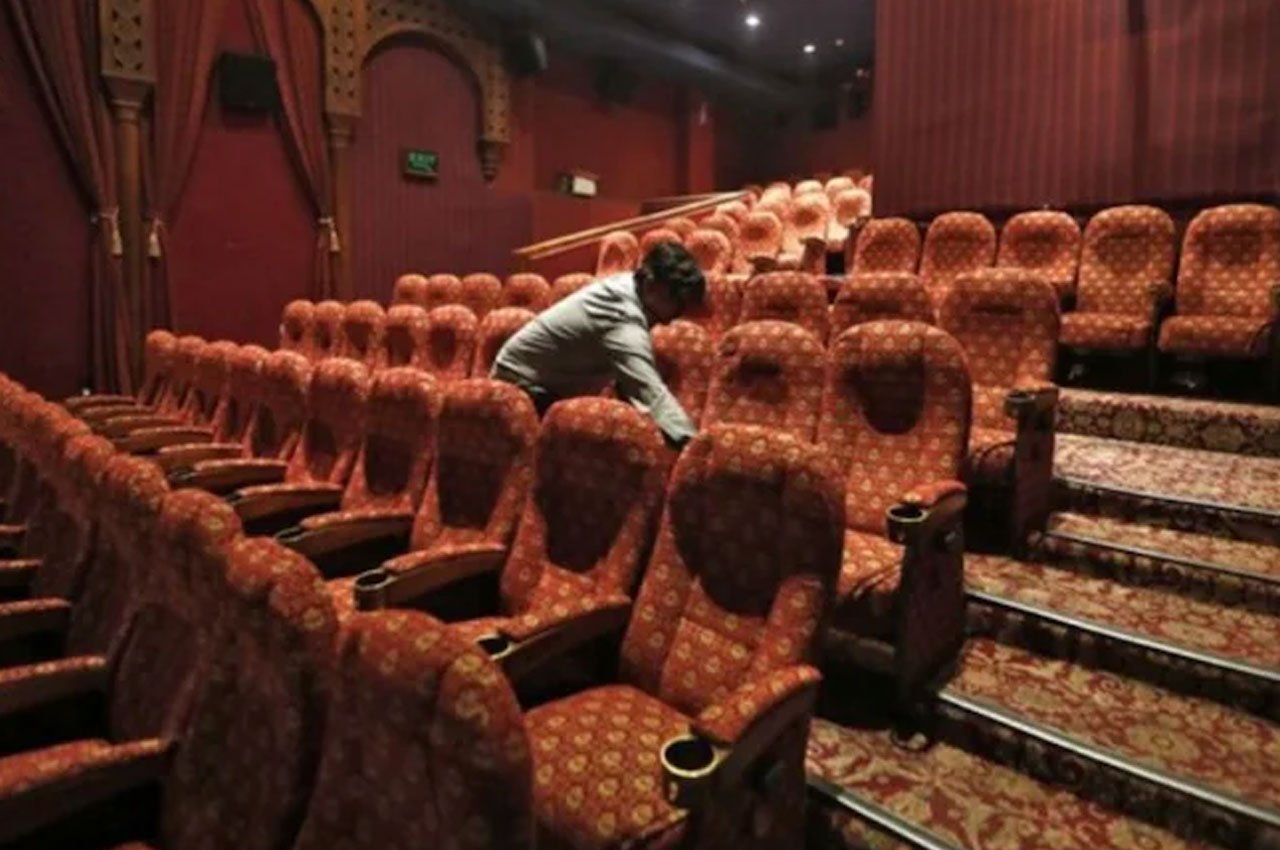Karnataka’s recent move to fix movie ticket prices at ₹200 for all cinemas, including multiplexes, has triggered widespread debate in the film industry and among audiences. As cinema halls struggle to bring back viewers lost to OTT platforms in the aftermath of the pandemic, this pricing cap is being seen as a key step towards making movie-going more affordable and accessible.
Ticket Affordability and the Cinema Revival
The government’s intervention is prompted by the surge in ticket prices, especially at multiplex chains where prices for premium formats have soared well beyond the reach of ordinary moviegoers. By limiting tickets to ₹200, authorities hope to lure families, students, and the middle class – segments that have gravitated to OTT streaming services where entertainment is not only cheaper but also more convenient. The cap has the potential to reinvigorate footfalls, especially to single screens and regional cinemas that depend heavily on audience volume.
Even so, the impact may depend on content quality and the overall experience. Theatres must innovate to persuade viewers to choose a cinema outing over the comfort and breadth of their home streaming subscriptions. Price reform is just one part of a broader strategy required to revive cinema culture.
F&B Pricing: The Next Consumer Battle
While ticket prices are being made affordable, food and beverage charges inside multiplexes remain a major sore point. It is not uncommon for customers to spend as much or more on snacks and drinks as they do on tickets. Some states, such as Maharashtra, have regulated F&B pricing and allowed customers to bring outside food, sparking similar demands in Karnataka. If cinema operators maintain steep margins on F&B to compensate for ticket caps, the promised affordability of a movie outing could prove elusive for many families. Addressing this area is key to delivering genuine relief to moviegoers.
Multiplex Chains: Navigating Profit Pressures
Multiplex operators face real financial challenges under the new cap. The average ticket price in Karnataka previously hovered around ₹260, with higher charges for premium screens like IMAX and 4DX. Industry leaders argue that a uniform cap eliminates incentives to invest in cutting-edge formats, potentially making premium screens unviable. Major players worry the cap could reduce revenue in Karnataka by up to 30%, slightly eroding their national profits and possibly curbing expansion. Multiplex representatives advocate for dynamic pricing that changes with demand, timing, and cost structure, suggesting this would balance both accessibility and commercial viability more effectively than a fixed ceiling.
Balancing Audience Needs and Industry Health
Audience enthusiasm for the ticket price cap is understandable; for families and film buffs squeezed by high prices and inflation, a ₹200 ticket can restore the joy of a cinematic experience. Film producers and owners of single-screen theatres may also benefit as larger, more diverse audiences return to their halls. Yet, for multiplex chains, the priority now is sustainability. They argue that unless the regulatory framework adapts, recognizing the higher costs of technology, comfort, and operations – cinema quality, variety, and future investments may be at risk.
The Road Ahead
Karnataka’s ticket cap is a bold and populist experiment. By making theatres accessible and affordable, the state has taken a decisive step to counter the migration to OTT platforms and bring audiences back to the big screen. For lasting success, however, the benefit of lower ticket prices must be matched by affordable F&B, improved content, and continued investment in cinema technology and comfort. The real test will be whether stakeholders—audience, government, and industry—can come together to create a sustainable, vibrant movie ecosystem where experience and affordability go hand in hand, revitalizing cinema’s unmatched magic for the next generation.
Photo Credit: NDTV
For more opinion stories click here
Follow us for latest updates:




